The History, Styles, and Impact of Community Policing on Confidence
VerifiedAdded on 2023/06/13
|12
|757
|93
Essay
AI Summary
This essay provides an overview of community policing, tracing its history back to Peel's principles and its emphasis on crime prevention and community harmony. It defines community policing as a system that integrates police officers with the local public, fostering a sense of unity and security. The essay highlights the importance of community confidence in policing, emphasizing its role in promoting public safety and improving the quality of life. It also discusses various theories related to community confidence in policing, including the effect on crime and police-community relations, as well as different styles of community policing such as watchman, legalistic, and service styles. The essay concludes by examining the impact of community confidence in policing, noting its varying effectiveness in rural and urban areas, particularly in the context of the United States.
1 out of 12

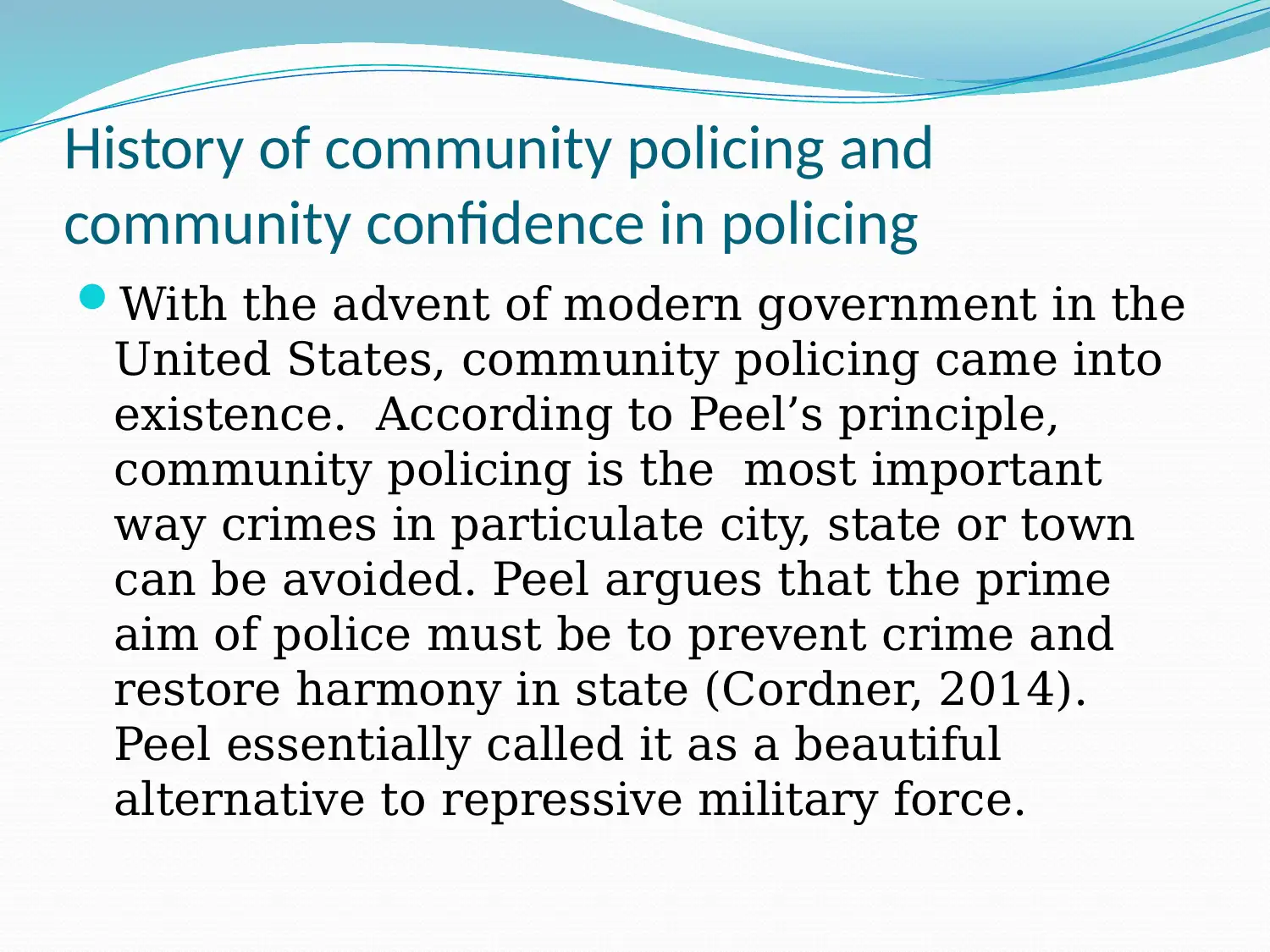
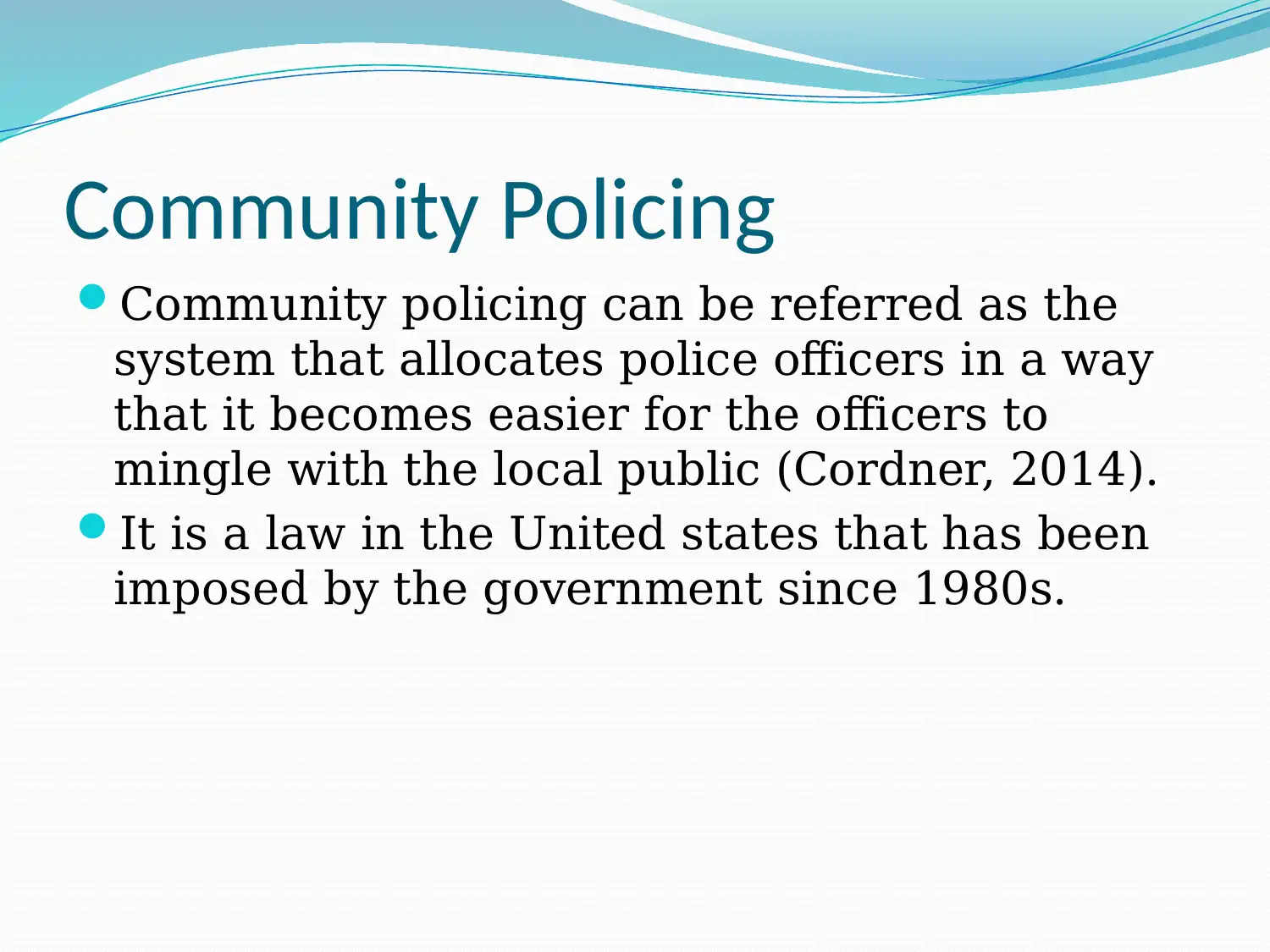
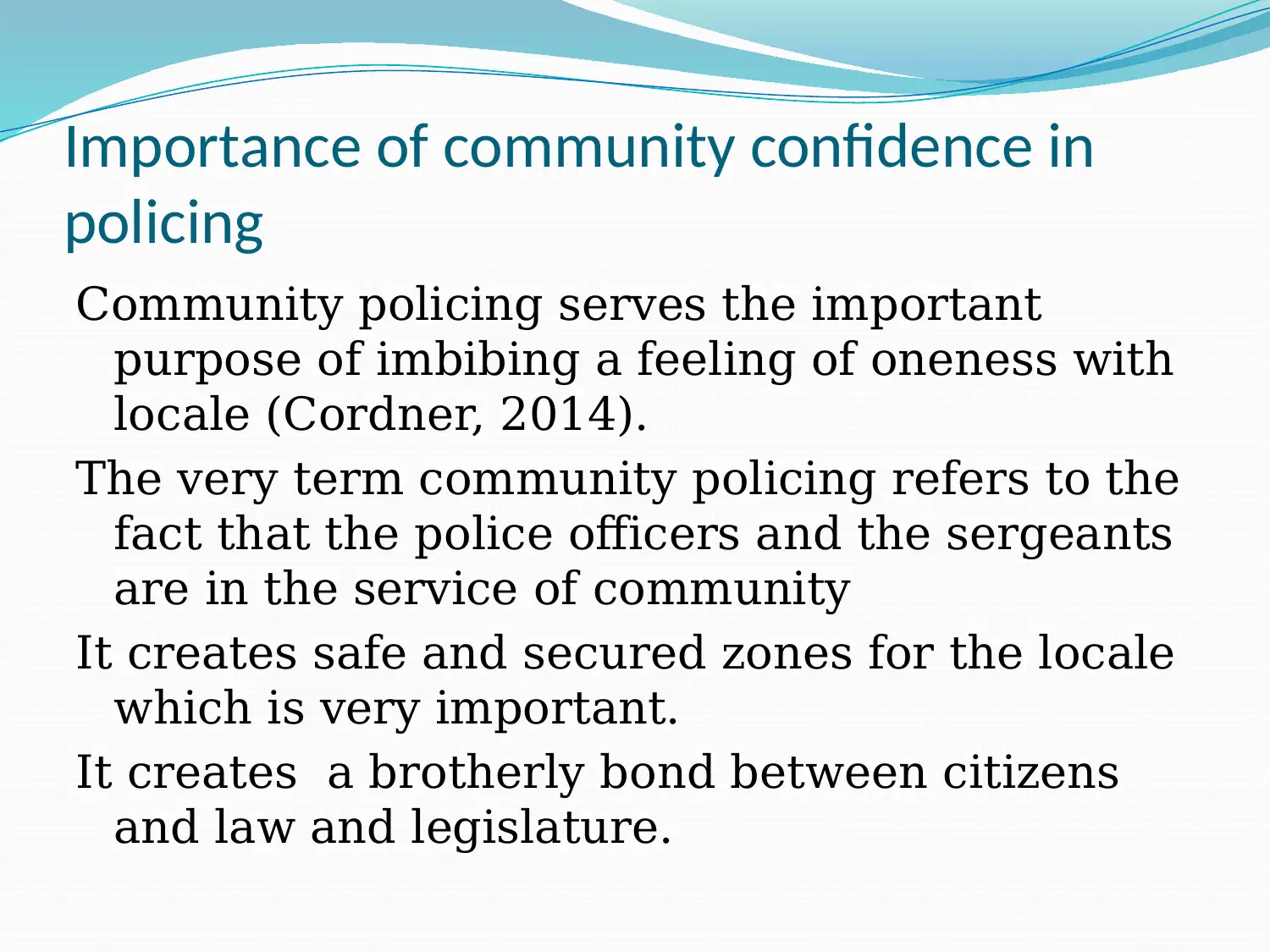
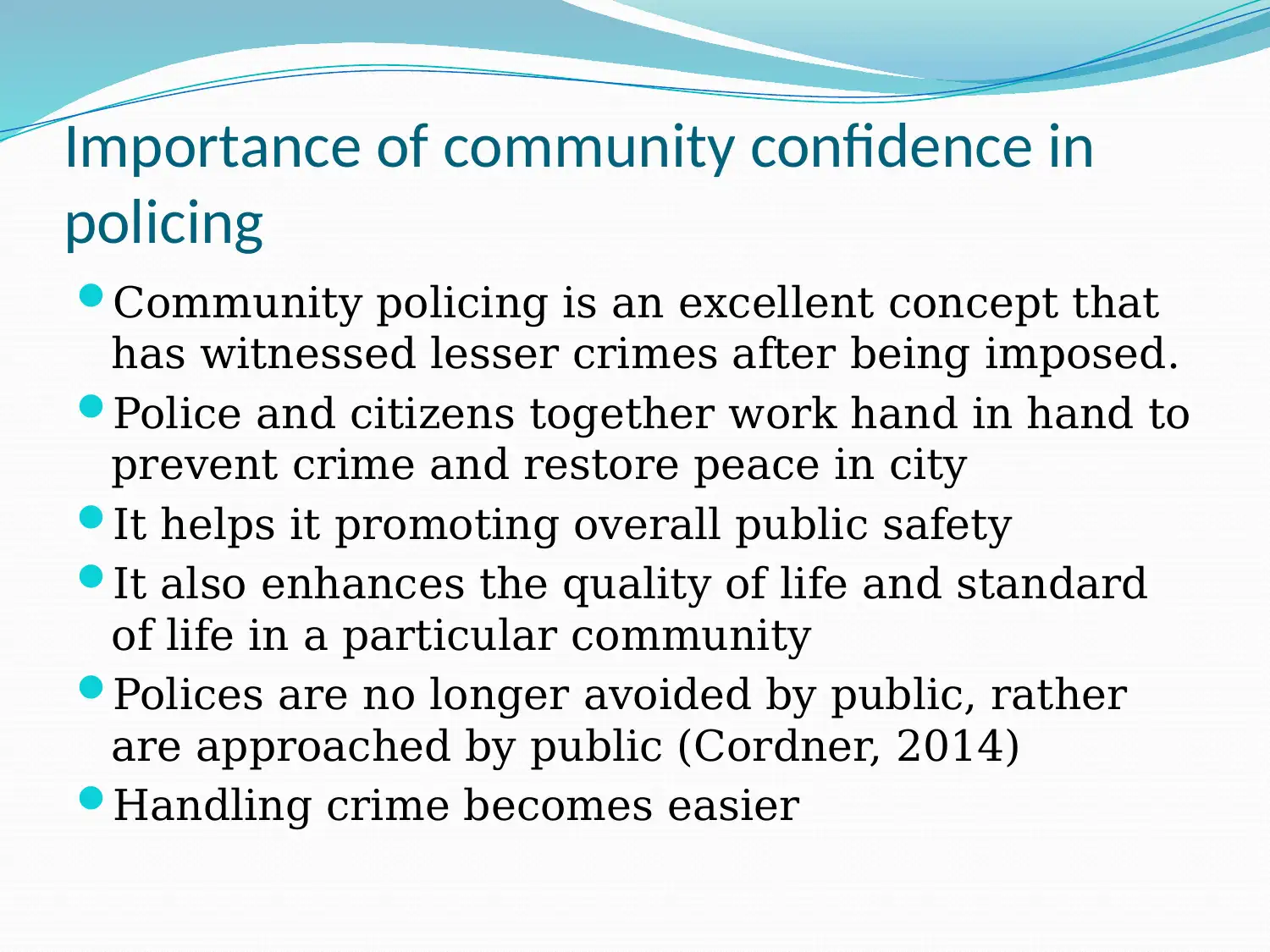
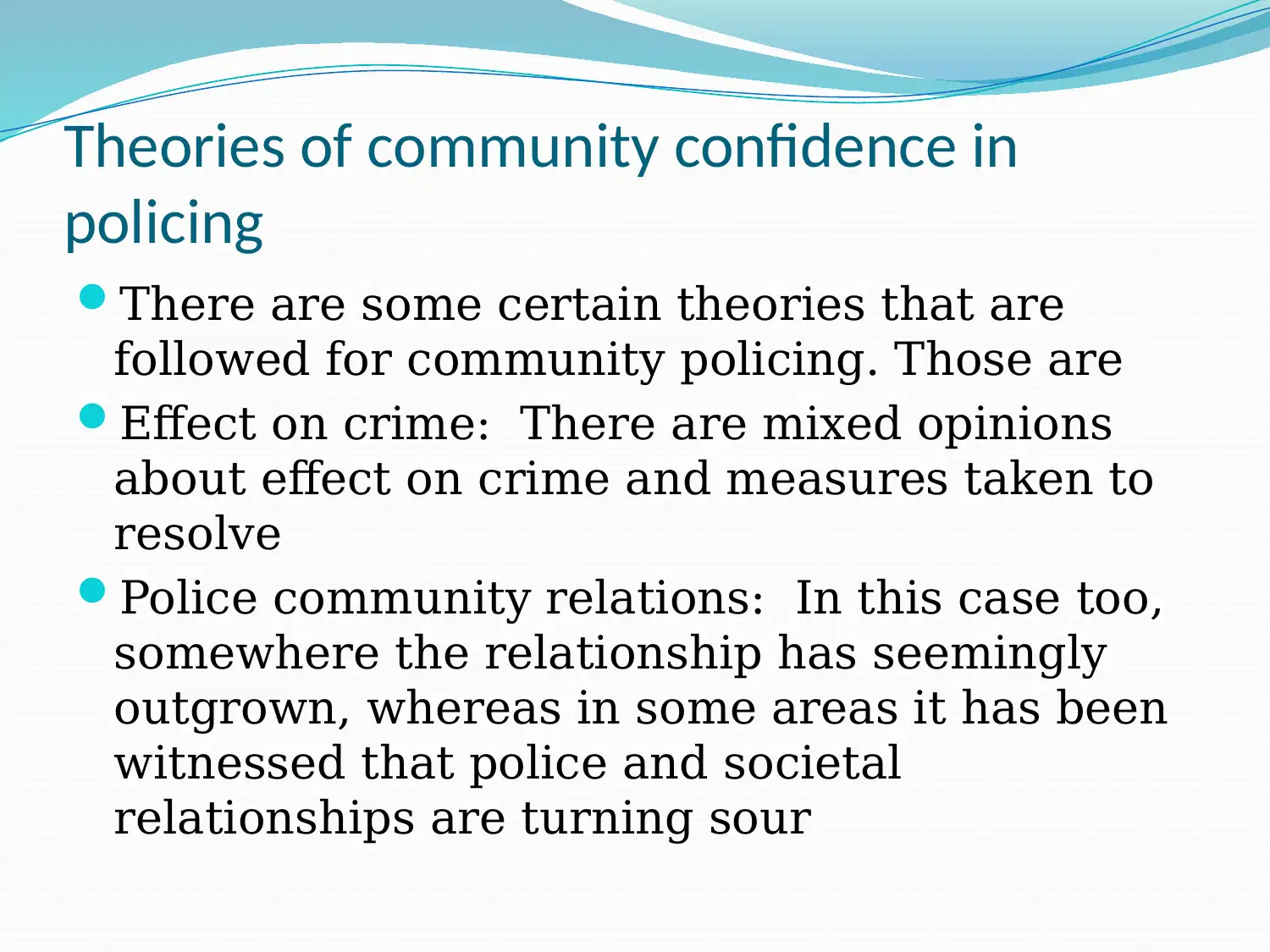
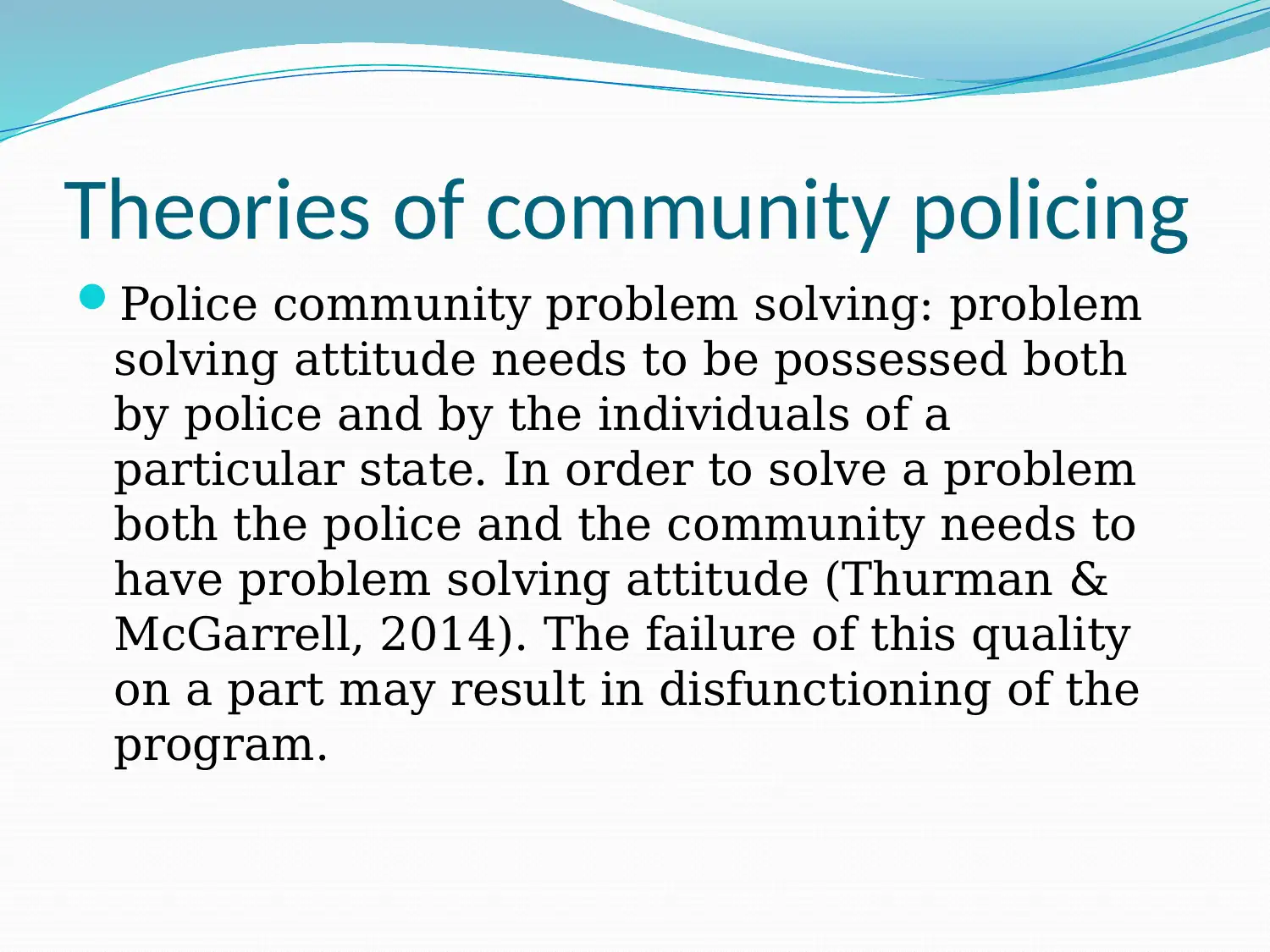
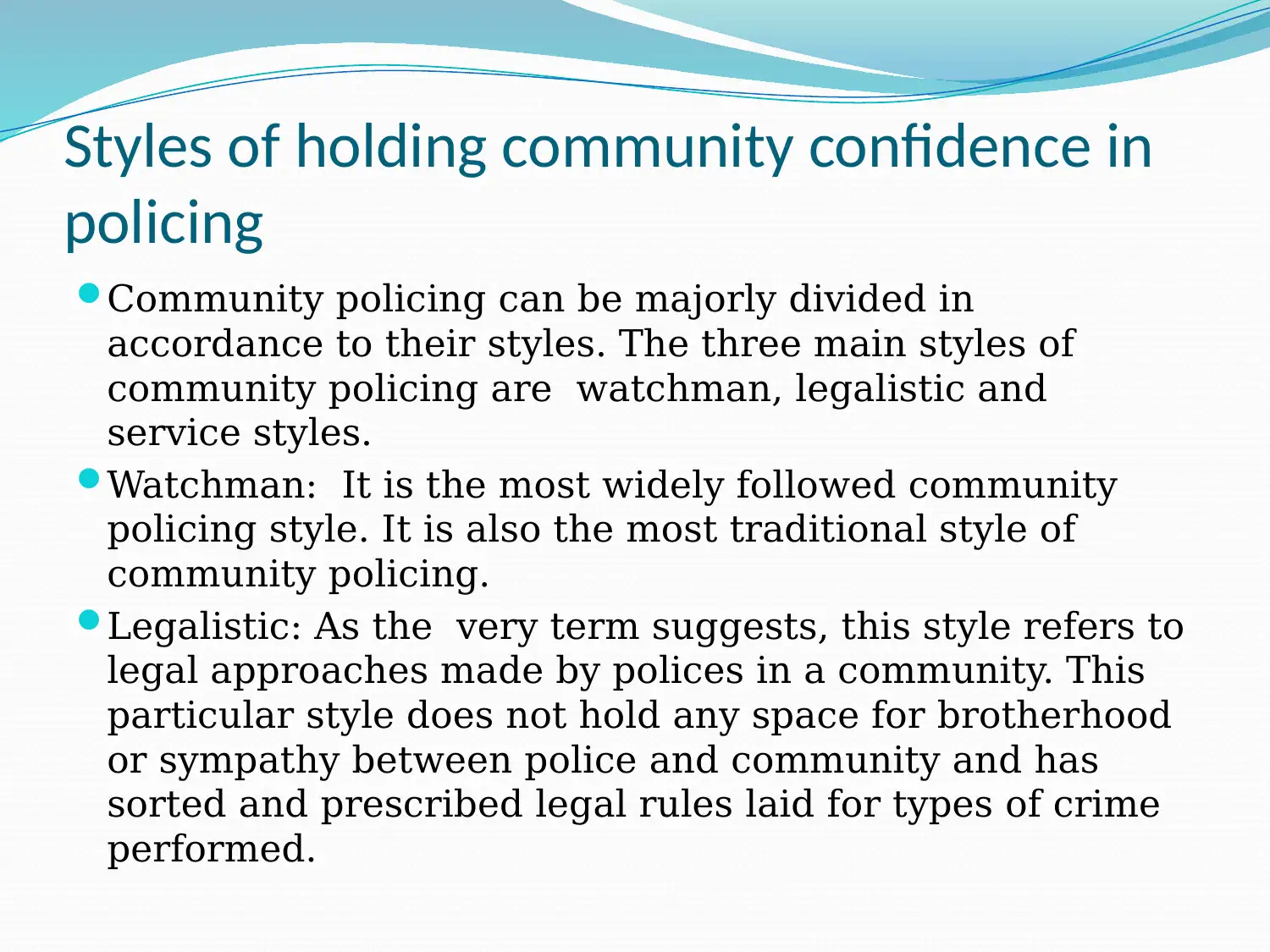
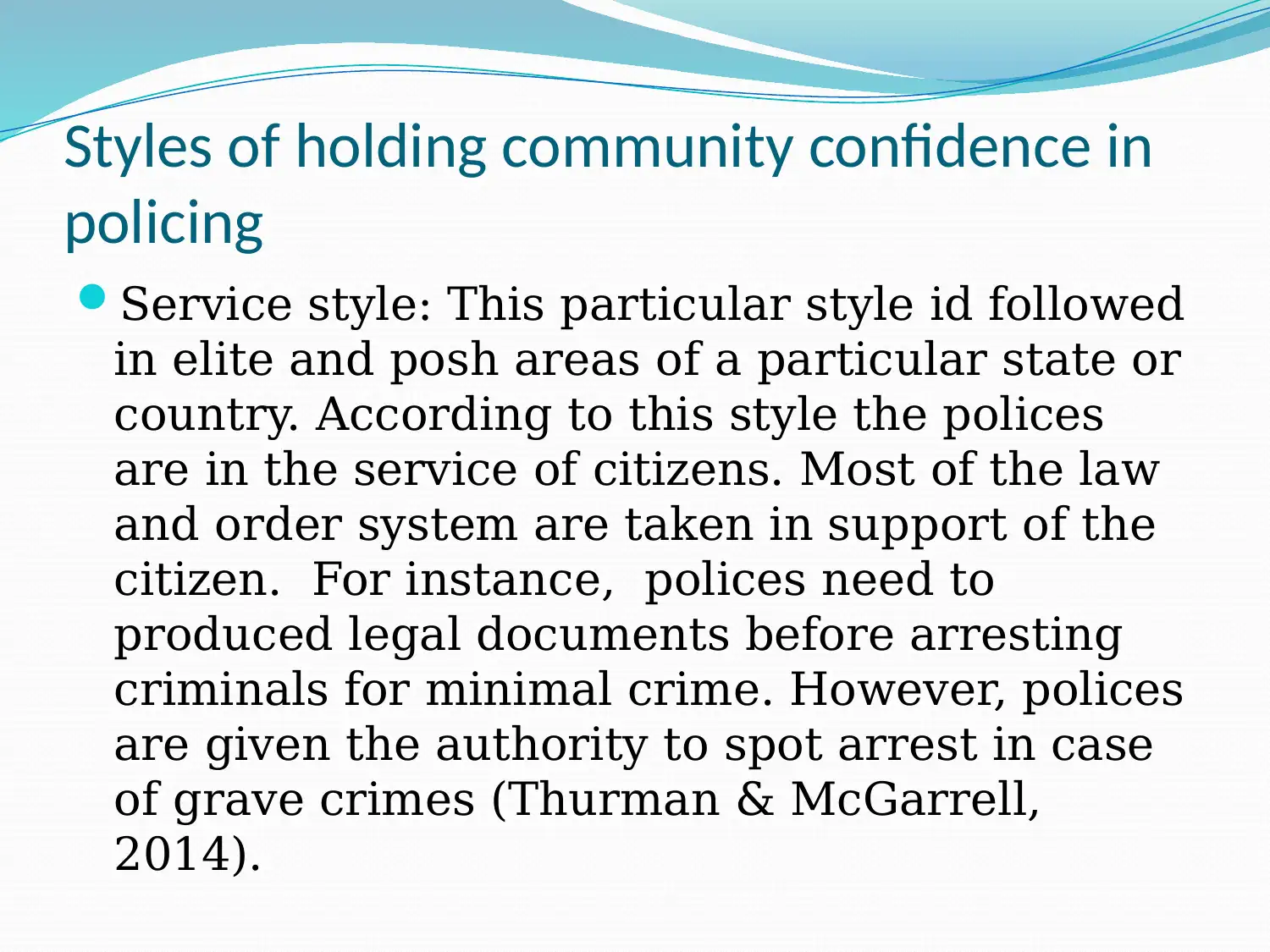
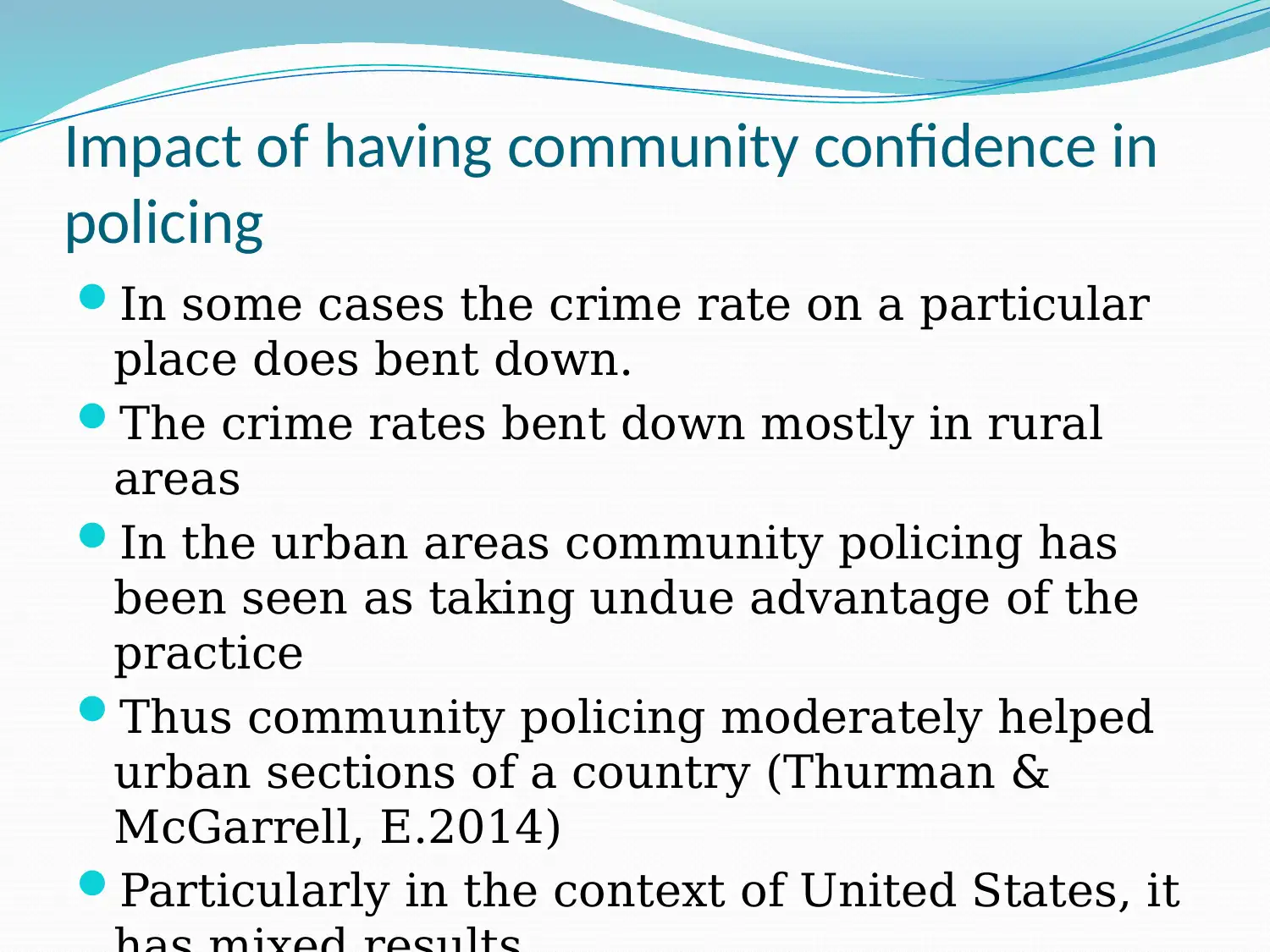
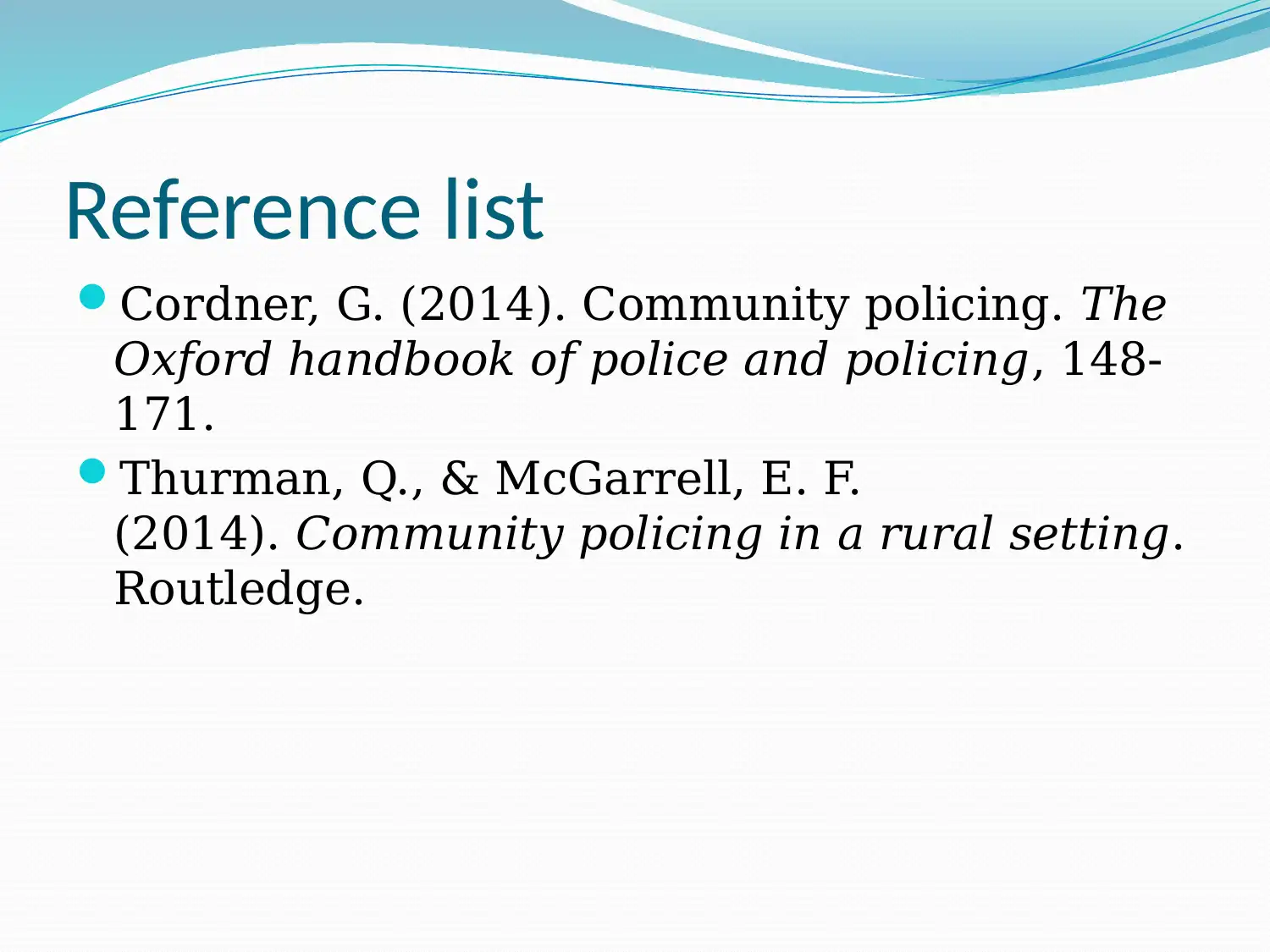




![[object Object]](/_next/static/media/star-bottom.7253800d.svg)